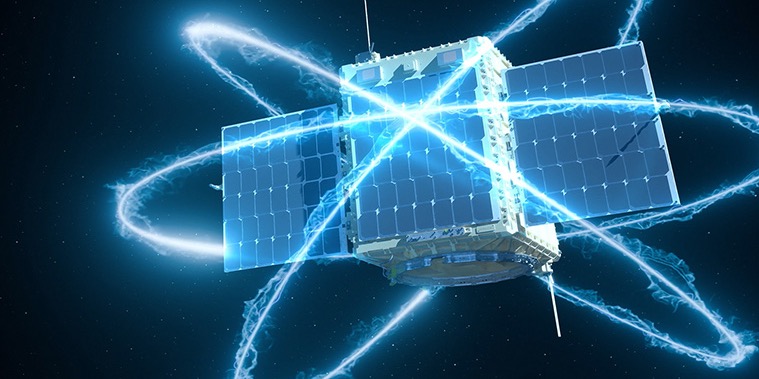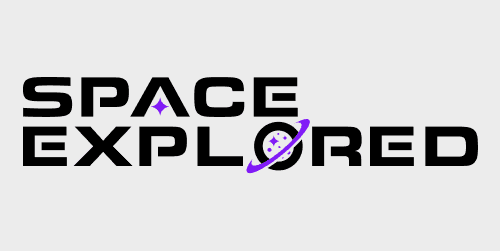
Forget laser interlinks, Boeing is working on a new form of in-space communications that may be just as fast and infinitely secure. The company, alongside its partnership with HRL Laboratories, hit a milestone in creating its first satellites for its quantum communications demo in 2026.
Boeing has reached an important milestone in its quest to advance secure communications, both potentially in space and on the ground. While you might think the legacy aerospace prime is struggling with its Starliner spacecraft and the future of the SLS rocket, the company recently announced the completion of a ground-based twin for the potential future of secure communication.
Called Q4S, the project led by partially Boeing-owned HRL could lead to the start of quantum entanglement, promising massive advancements in data security.
Understanding quantum communication
Quantum communication leverages the principles of quantum mechanics to transmit information in a manner that is theoretically immune to eavesdropping. At the heart of this technology is quantum entanglement, a phenomenon where particles become interconnected such that the state of one instantly influences the state of another, regardless of distance. This property enables the creation of ultra-secure communication channels, as any attempt to intercept the data would immediately alter the system, signaling a breach.
Don’t understand it? I don’t blame you if you didn’t pay attention to this section in your high school science class. Replace particles with quarters; it only has two states: heads or tails. Now place those quarters on opposite sides of Earth and link them together. If one quarter is observed to be tails, then the other one is tails. If one is heads, the other is heads. Now daisy chain a few gigabytes of these together, and you now have a working communication system.
The Q4S satellite
The Q4S satellites aims to demonstrate quantum entanglement swapping in space, a process that extends entanglement to particles that have never interacted directly. This capability is crucial for building scalable quantum networks.
Completing the ground twin allows engineers to validate systems and solve any problems that arise before the final version of the satellite are deployed into orbit, allowing for a much higher chance of success.
Benefits of global quantum communications
Once again, investing in space-based technology could bring benefits down here to Earth. First, quantum comms can be basically unhackable, meaning much more secure communication systems for the military and eventually consumers. Second, the system could synchronize sensors across the globe, allowing for more precise measurements. Finally, it could be the groundwork of a future quantum internet network around the world.
Boeing’s partnership in the program, if successful, could lead to defense contracts for a next-generation communication constellation. If experts are correct in what it can do and Boeing is able to produce the required satellite buses.
The Pentagon has been switching its strategy from building large, one-off satellites from Boeing or Lockheed Martin to cheaper, smaller constellations of satellites from SpaceX and other newer defense contractors. This area, focused on fixed-price contracts or subscription payments, has been a struggle for Boeing to succeed in and might actively avoid.
Boeing hopes to launch its quantum demo in 2026.
FTC: We use income earning auto affiliate links. More.



Comments